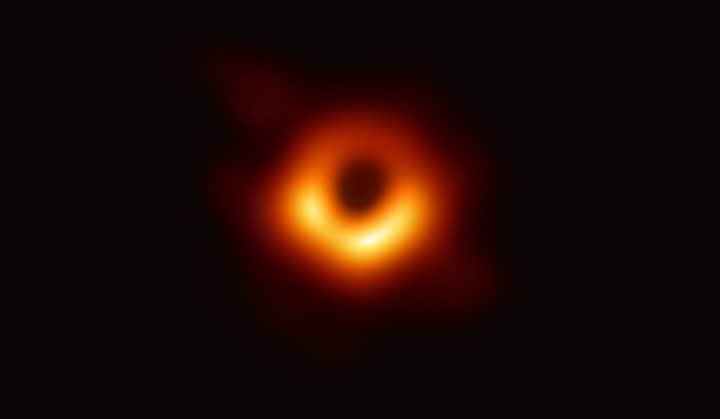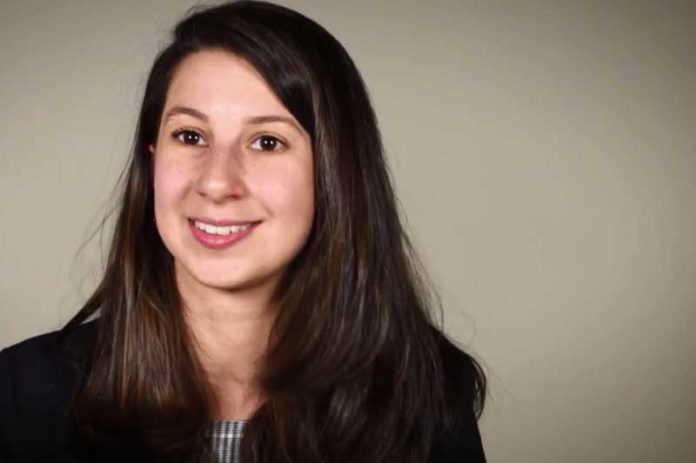On 10th April 2019 astronomers released the first-ever image of a black hole. Later on, another photo of a 29-year-old female US Computer Scientist Dr. Katie Bouman became a global sensation over her role in generating the world’s first image of a black hole.
Dr. Bauman a postdoctoral fellow on the Event Horizon Telescope Imaging team, led the development of an algorithm for imaging black holes, known as Continuous High-resolution Image Reconstruction using Patch priors (CHIRP).
Now she has shared her experience saying, “it was like listening to a piano with broken keys.”
The image released last month, reveals the black hole Sagittarius A* at the center of Messier 87, a massive galaxy in the nearby Virgo galaxy cluster. This black hole resides 55 million light-years from Earth and has a mass 6.5 billion times that of the Sun.
Bouman said, “As M87 is 55 million light years away, the rings appear incredibly small on the sky: roughly 40 microarcseconds in size, comparable to the size of an orange on the surface of the Moon as viewed from our location on Earth.”
“For a clear view, the laws of physics would require a telescope the size of our entire planet to view it and that was literally impossible.”
The EHT collaboration instead invested a very long time (almost over a decade) on a particular mission. They even built an Earth-sized computational telescope that combined signals received by various telescopes working in pairs around the world. However, as there is the limited number of locations on Earth, the telescope was capable of capturing only some frequencies, leaving large gaps in information.
Bouman said, “As an analogy, you can think about the measurements the EHT makes a bit like notes in a song; each measurement corresponds to the tone of one note. Observing the black hole with the Event Horizon Telescope is a bit like listening to a song being played on a piano with over half of its keys broken.”
“The approach led to numerous gaps that could be filled with infinite possibilities consistent with the data. But just as your brain may still be able to recognize a song being played on a broken piano if there are enough functioning keys, we can design algorithms to intelligently fill in the EHT’s missing information to reveal the underlying black hole image.”

Original observations were collected at a wavelength of 1.3 mm in 2017. Each telescope of the EHT produced enormous amounts of data — roughly 350 terabytes per day — which was stored on high-performance helium-filled hard drives. The final result had to be independently validated by four EHT teams working around the world to avoid shared human bias.
Bouman said, “The four images we produced varied slightly, but they all contained the same basic structure. Seeing these images for the first time was truly amazing and one of my life’s happiest memories.”
“The final image released to the public on April 10 this year was a composite of the four images further tuned by algorithms designed to eliminate human preferences.”
“I first began working on the EHT as a graduate student studying computer vision at MIT and found the problem shared striking similarities with work she had done on brain imaging based on limited data from an MRI scanner.”
“Thus, although the project was well outside of my core area, and I had no background in astrophysics let alone black holes, I hoped that I might be able to make a difference.”
Testifying before Congress on Thursday, the postdoctoral fellow at the Harvard Smithsonian Center for Astrophysics also suggested the technology developed by the project could have practical applications in the fields of medical imaging, seismic prediction, and self-driving cars.
